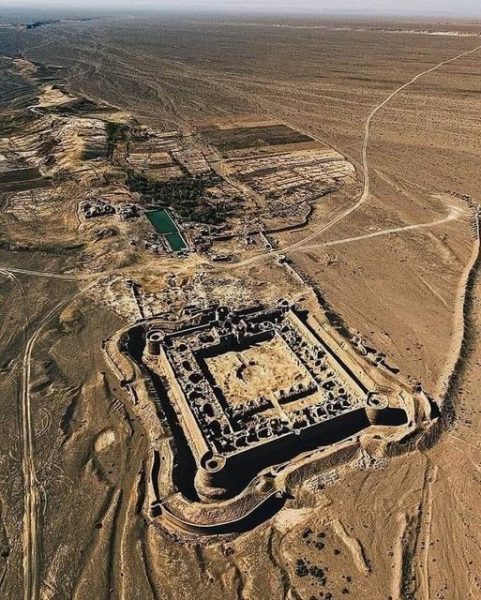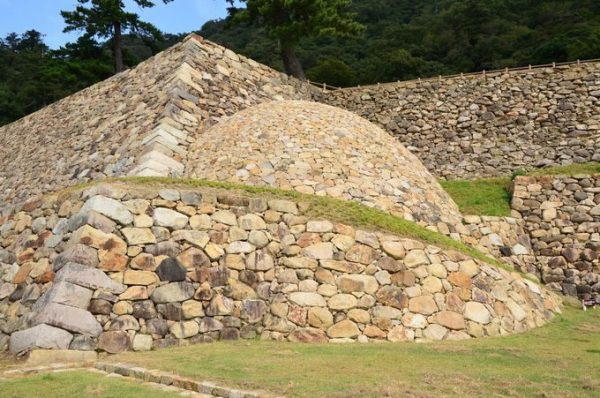
Nestled in the picturesque landscape of Aran va Bidgol County in the Isfahan Province of Iran, Karshahi Castle stands as a silent witness to centuries of history and intrigue. This historical fortress, with its roots reaching back to the illustrious Sasanian Empire, beckons explorers and history enthusiasts alike. In this article, we embark on a journey to unravel the tale of Karshahi Castle, exploring its origins, architectural significance, and the echoes of a bygone era that resonate within its ancient walls.
The Sasanian Legacy
The foundation stones of Karshahi Castle were laid during the reign of the Sasanian Empire, a period that spanned from the 3rd to the 7th century CE. The Sasanians, known for their architectural prowess, left an indelible mark on the landscape of Iran. Karshahi Castle emerged as a testament to their strategic vision, serving both military and administrative purposes in the heart of the empire.

Architectural Marvels
Karshahi Castle boasts a unique blend of Sasanian architectural elements, showcasing the ingenuity of its builders. The fortress is strategically positioned, offering a commanding view of the surrounding terrain. The incorporation of defensive features such as towering walls, watchtowers, and robust fortifications speaks to the castle’s role in safeguarding the region against external threats.
The layout of Karshahi Castle reflects the Sasanian emphasis on symmetry and precision. A central courtyard, surrounded by interconnected chambers and halls, once bustled with activity, echoing the administrative functions that sustained the empire. The castle’s architecture stands as a testament to the Sasanian commitment to both aesthetics and functionality.
Historical Significance
As an integral part of the Sasanian Empire, Karshahi Castle played a pivotal role in shaping the course of regional history. The fortress served as a stronghold, guarding strategic trade routes and ensuring the stability of the empire’s western frontier. Its walls witnessed the ebb and flow of Sasanian power, from the zenith of prosperity to the challenges posed by external forces.
Throughout the centuries, the castle underwent modifications and renovations, adapting to the changing needs of subsequent ruling dynasties. Each layer of history is etched into the stones of Karshahi Castle, making it a living testament to the resilience and endurance of Iranian heritage.
Preservation Efforts and Visitor Experience

In recent years, concerted efforts have been made to preserve and showcase the historical significance of Karshahi Castle. Conservation projects aim to maintain the integrity of the fortress while creating a meaningful experience for visitors. Archaeological excavations within the castle grounds continue to unveil artifacts and insights into daily life during the Sasanian era.
For visitors, exploring Karshahi Castle offers a journey through time, allowing them to walk in the footsteps of ancient rulers and inhabitants. The castle’s commanding views, coupled with guided tours and interpretative displays, provide a glimpse into the rich tapestry of Iran’s past.
Conclusion
Karshahi Castle stands as a living testament to the enduring legacy of the Sasanian Empire, a chapter in Iran’s history that has shaped its cultural and architectural identity. As we wander through the halls and courtyards of this historical fortress, we are transported back in time, connecting with the stories of those who once called Karshahi Castle home. Through preservation efforts and the sharing of its historical narrative, this ancient stronghold continues to inspire awe and appreciation for the rich historical tapestry that defines Iran.





